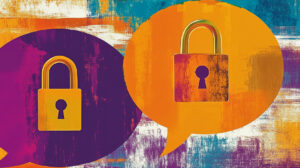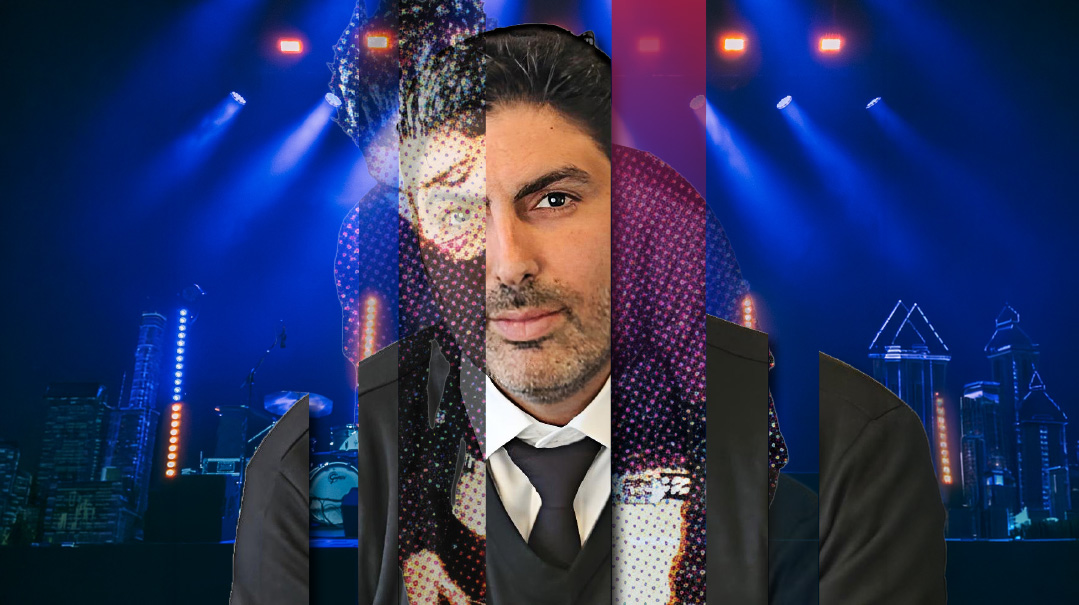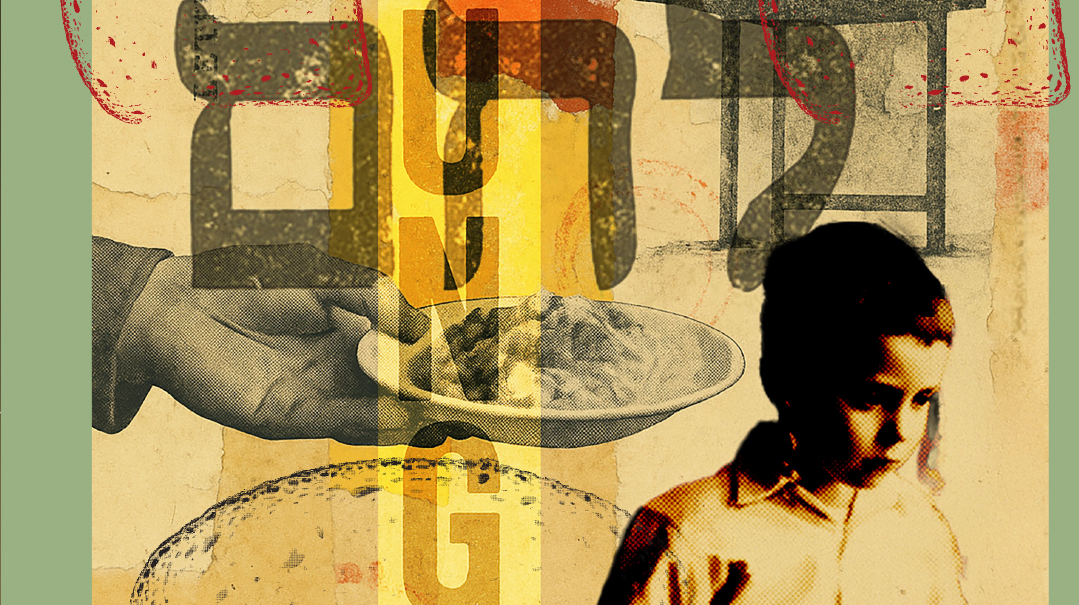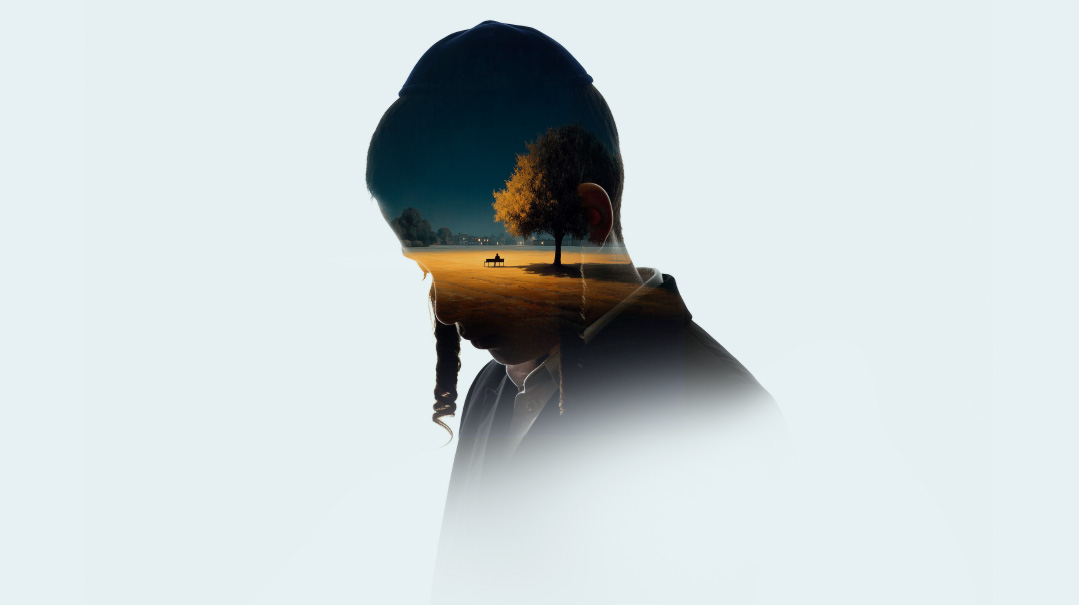What the Doctor Ordered

I felt pulled to Eretz Yisrael in ways I couldn’t explain. What had happened to the atheist within me?
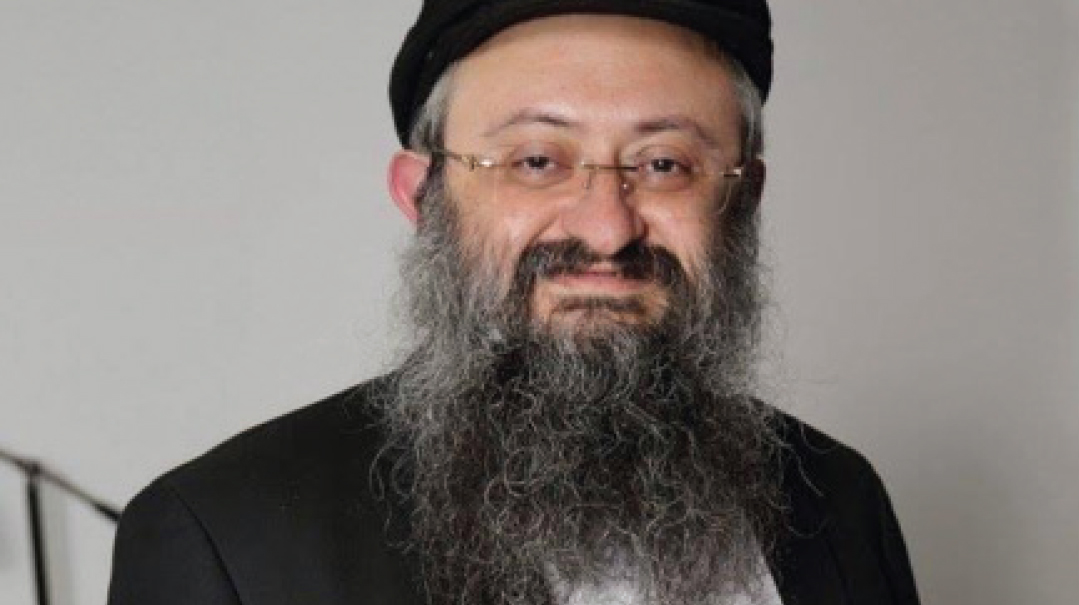
As told to Barbara Bensoussan
Those of you who come from the former Soviet Union will find my background familiar: grandfathers who served in World War II, grandmothers who took refuge in Uzbekistan, families reunited after the war under the Stalinist regime, although Orthodox practices were quashed under fear of execution. As a child, my father was frequently taunted with “Zhid!” He broke the noses of a few of his schoolmates in retaliation, but later confessed to me that he didn’t really know what the word meant or why it was such an insult.
My father did have the perspicacity to realize that “Soviet paradise” was an oxymoron. He opted to emigrate with my mother and me in 1978, when I was four, and both sets of grandparents followed shortly afterward. We all took apartments in the same building in Brooklyn’s Sheepshead Bay, and my father brought me to FREE, a Chabad organization that reaches out to Russian immigrants, where they gave me the bris I’d been forbidden to receive in Kiev.
Immigration is brutal. My parents worked long, hard hours; my father drove a cab, and my mother worked in a fur factory. Eventually my mother took a programming class and worked her way up to an impressive position at Morgan Stanley. Their example of succeeding through hard work, perseverance, and intelligence left a strong impression on me.
I worked hard, too. I worked in a clothing store after school and would spend the money I earned on clothing and other possessions I hoped would boost my status for others and make me feel better about myself. I got great grades, graduated at the top of my class at Hofstra, and earned a full scholarship to medical school at SUNY-Buffalo in my third year of college. The irony was that while other students admired and even envied me, mostly I still felt stupid, ugly, and lonely. The clothes and gadgets I bought didn’t fill the void of emptiness and unhappiness. I knew something was wrong, but I was unable to identify what it was — and my angst attracted me to the nihilistic, atheistic philosophies of thinkers like Sartre and Nietzsche.
I had one summer to go before becoming immersed in medical school, and I wanted to do something enjoyable. “There’s this trip to Israel through Hillel International,” my roommate said. “Rabbi Moshe Shur from Queens is leading it. Why not give it a try?”
The trip was free, and I’d never been to Israel, so I signed up. For some reason, Rabbi Shur took a special interest in me as we toured both the secular and religious parts of Israel. He brought me to the Old City of Jerusalem for Shabbos. The experience was completely foreign to me, and I was very ill at ease, not knowing how to comport myself. Yet I was touched by the atmosphere of tranquility and family harmony, as well as the delicious food and soul-penetrating songs. Rabbi Shur brought me to the Kosel on Shavuos, where I witnessed thousands of Jews fervently praying together. But I had no context to relate to prayer, and so it left me simultaneously confused and intrigued.
Still, I felt pulled to Eretz Yisrael in ways I couldn’t explain. What had happened to the atheist within me? In the end, I decided to stay on until the fall, and Rabbi Shur helped me enroll in the Isralight program in the Old City. There I tasted Jewish learning for the first time and was introduced to Jewish practices. Until then, my entire education and outlook had been purely materialistic and rationalistic — I had no idea if it was even possible to see the world through a spiritual lens or reconcile Torah with science.
Oops! We could not locate your form.



